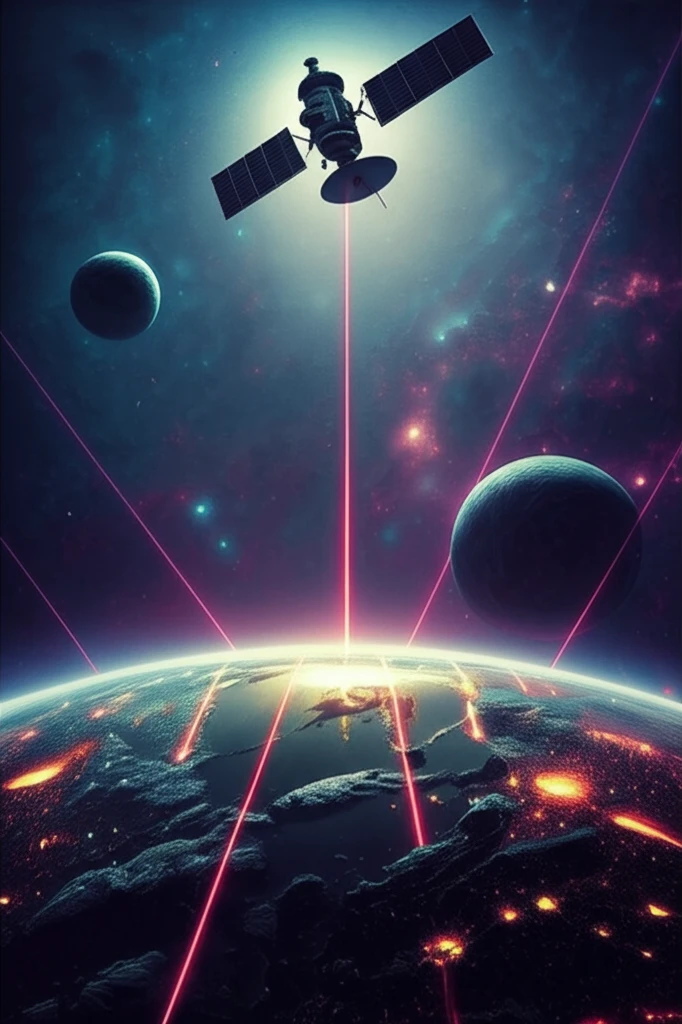
Precision Geodesy: How Lunar Laser Ranging and Satellite Tech Are Revolutionizing Earth Monitoring
"Explore the cutting-edge techniques of sub-meter geodesy and their profound implications for understanding Earth's dynamic processes and geodynamics."
For geodesists and geophysicists, the advent of Lunar Laser Ranging (LLR), with precisions greater than 10 cm, provides a tool for measuring the dynamic earth and exploring its mysteries. LLR, however, is a fixed-site astronomical technique not readily adaptable to rapid observations in some of the earth's harsher environments or to the special logistics of those regions.
Orbiting artificial satellites, as well as being weather independent, offer techniques that make use of portable equipment. Unfortunately, this gain in versatility is at the expense of precision and accuracy. However, a technique of combining three Pacific basin LLR observatories collocated with Doppler tracking stations offers the possibility of recovering geodetic information at the sub-meter level. The actual level of the precision of recovery is dependent on the configuration adopted.
Simulation studies combining Doppler tracking of the Timation satellite in a multi-pass multi-station short arc mode with time transfer information and high precision LLR control show that sub-meter positions can be determined in a unique center of mass reference system over the entire Pacific basin. This precision should be improved once the satellite is also tracked by laser ranging devices, and transportable LLR becomes operational.
The Evolution of Satellite Geodesy: From Initial Goals to Geodynamic Investigations

Over the last decade, satellite geodesy has seen the fulfillment of its initial goal of a unified global geodetic reference system and its branching into the exploration of the causative processes that perturb or limit classical geodetic reference systems or datums. The initial goals of the first satellite projects were station coordinates with an error radius of 10 m [Schmid, 1964].
- System: The U.S. Navy Transit System; Type of Tracking: Doppler; Precision: 1-2 m
- System: NASA Goddard Modlas; Type of Tracking: Satellite laser; Precision: 0.5 m
- System: SAO Baker Nunn; Type of Tracking: Optical; Precision: 10 m
- System: SAO Laser; Type of Tracking: Satellite laser; Precision: 0.5 m
- System: LLR Observations; Type of Tracking: Lunar laser ranging; Precision: 0.1 m
Looking Ahead: The Future of Precision Geodesy
These simulation studies indicate that the combination of present-day technology in time and frequency, laser ranging, and Doppler tracking can support a lightweight portable Doppler system that is capable of producing station values whose one-sigma errors are substantially less than 1 m. The simulations have inherent approximations built into them, but the order of the values is not expected to vary greatly. It must be recognized that the errors in both the Doppler technique and the laser techniques will continue to decrease and that the simulations presented here represent upper limits.
